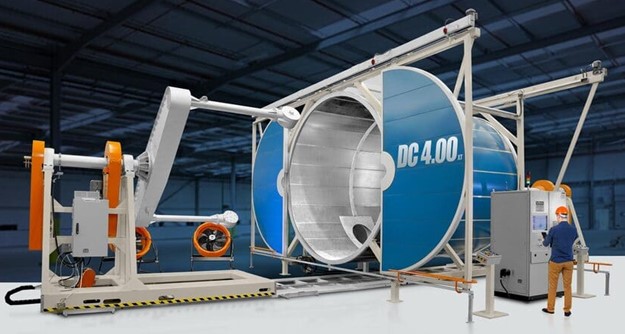Rotational Molding: Efficiency Meets Flexibility in Plastic Fabrication
Rotational Molding: Efficiency Meets Flexibility in Plastic Fabrication
Blog Article
Rotational molding, often known as "rotomolding," is a innovative manufacturing process that is utilized to make hollow plastic items. For everything from storage tanks and playground equipment to this technique combines simplicity with sophistication, offering unparalleled design flexibility. But what is the science that creates Rotomolding so effective?

The Process at a Glance
Rotational molding starts with a mold filled with powdered material. This mold is then heated before being is simultaneously rotated in two perpendicular axes within an oven. This constant rotation ensures that the plastic that is melting evenly covers the interior walls of the mold. Finally, the mold is cooled, solidifying the plastic into a seamless, hollow structure.
The absence of external pressure is the most important feature of this method, ensuring that the plastic settles and spreads evenly without stress. This is the main difference against other molding techniques such as injection or blow molding.
Why is Rotational Molding Efficient?
The science behind the process of rotational molding is founded in the polymer and heat transfer. In the process of heating the powder melts and sticks to the mold while it turns in slow controlled, controlled movements. This results in a an even wall thickness and reduces the possibility of weak spots.
Cooling is equally crucial role. In order to maintain a steady flow of air or water cooling, companies can avoid shrinkage or warping, and make sure that their final product has its form and structural quality.
According to statistics, rotational molding is able to produce components with as high as 99% materials efficiency, thus reducing the amount of waste produced and creating an eco-friendly choice. In addition, the process provides unmatched versatility, enabling production of huge and intricate designs without compromising quality.
Applications That Showcase Its Potential
Rotational molding caters to numerous industries, thanks to its adaptability. It doesn't matter if you need sturdy outdoor furniture or robust industrial containers, this method provides both function and value. It also allows multi-layered designs. This allows manufacturers to combine different materials for enhanced properties like UV resistance or thermal insulation.

Rotational molding is a demonstration to how materials science and engineering work together to shape our world. Because it can simplify production while maintaining high-precision It's not a surprise that this process is still a hot topic in manufacturing discussions. Report this page